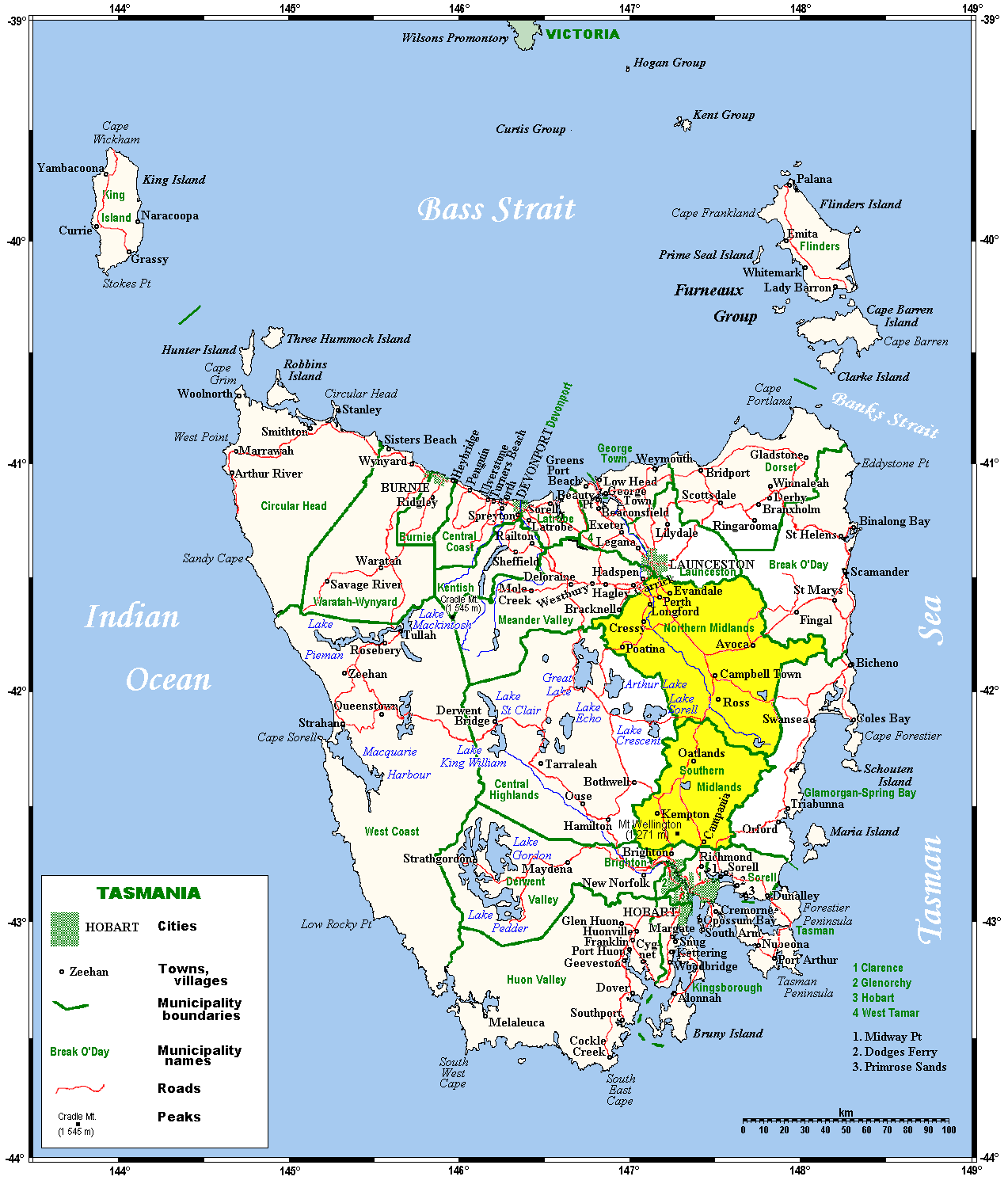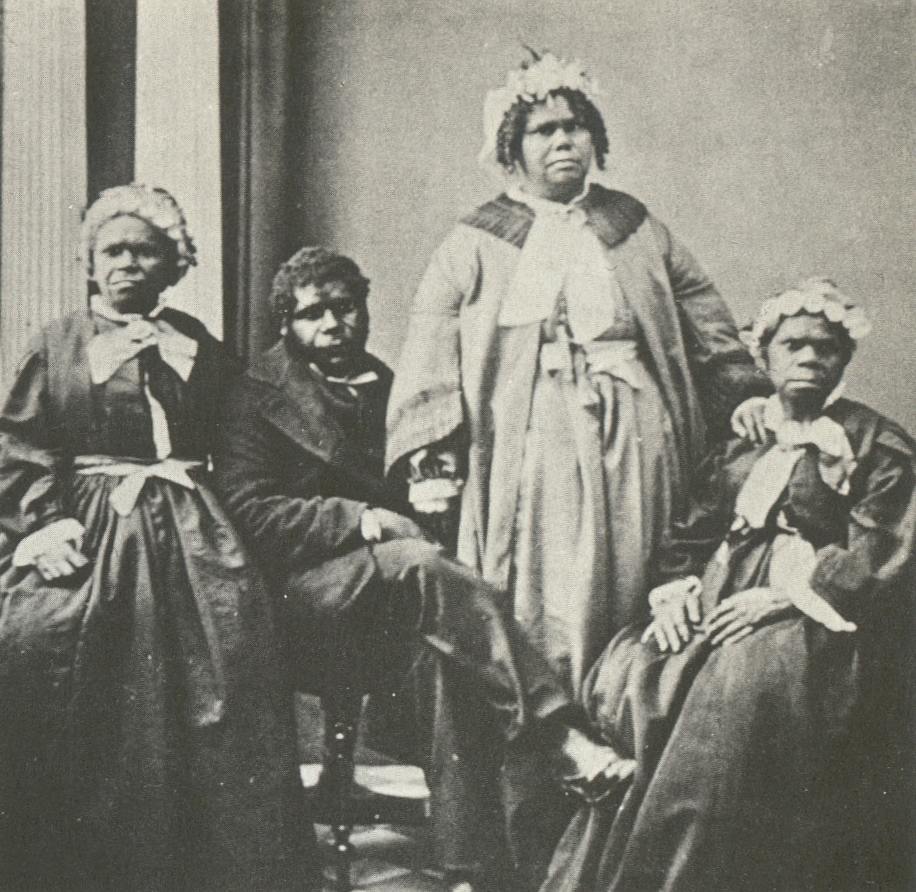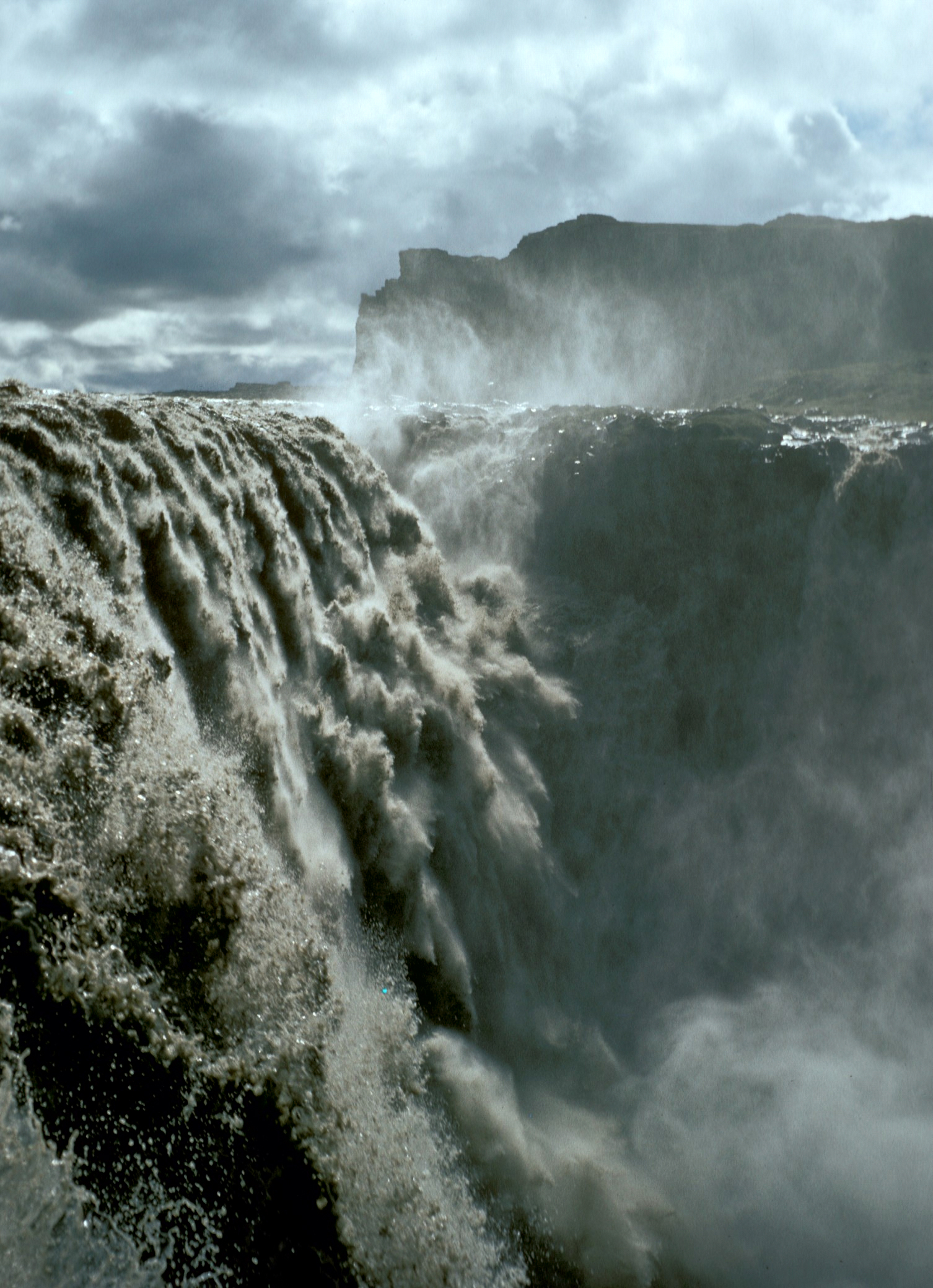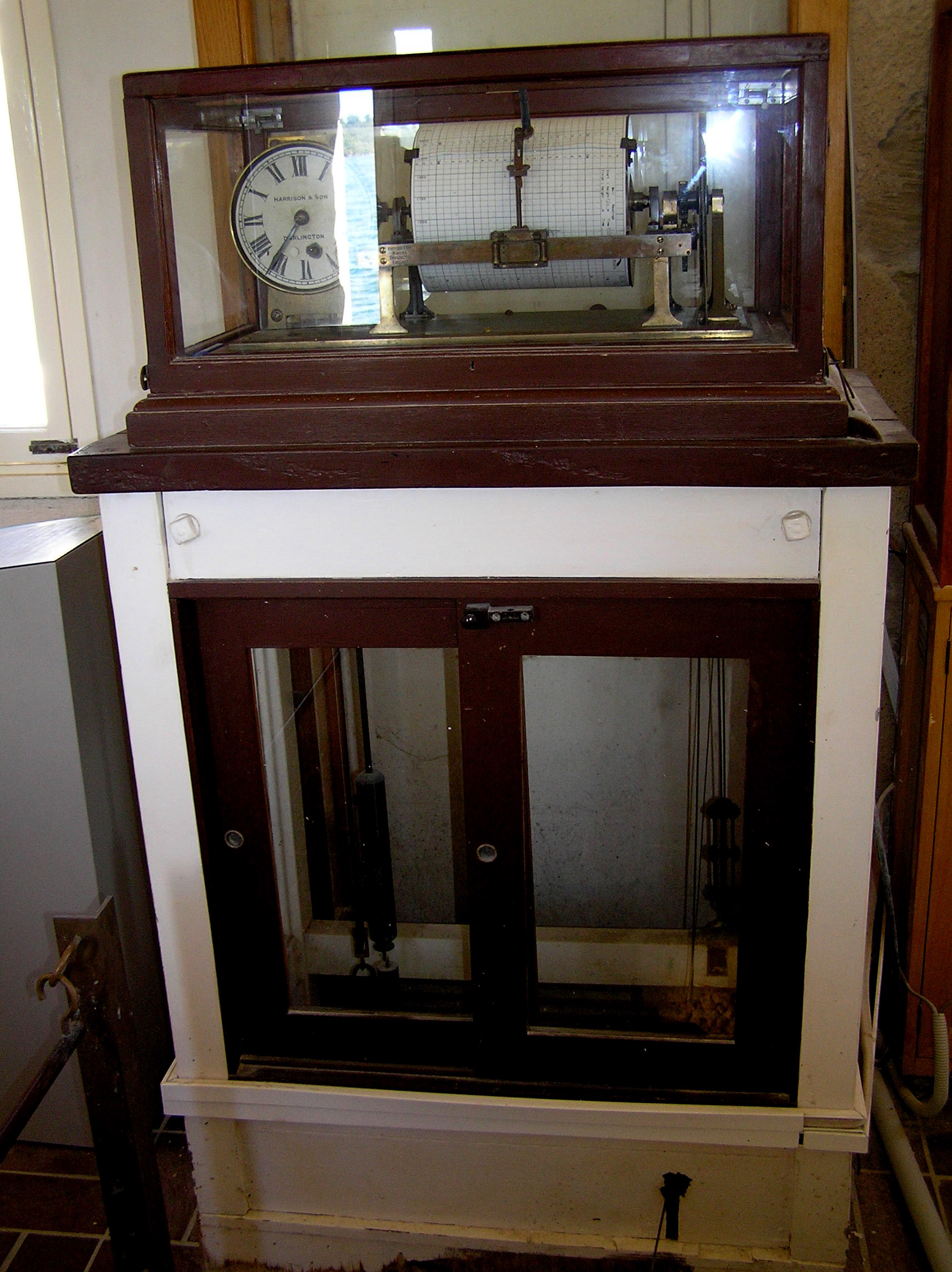|
Liffey Falls
The Liffey Falls, a series of four distinct tieredcascade waterfalls on the Liffey River, is located in the Midlands region of Tasmania, Australia. The falls are a significant massacre site where 30–60 Aboriginal people were murdered in a reprisal killing for the killing of the stockman William Knight by Aboriginal people. Location and features The Liffey Falls are situated upstream of the town of Liffey, in Meander Valley, accessible from via the Lake Highway. The falls commence from the Great Western Tiers at an elevation of above sea level and descend in the range of . Each of the tiered cascades is named in order from upstream to downstream; Alexandra Falls, Hopetoun Falls, The Leap or Spout Falls (also called the Albert Falls), and Victoria Falls. Walking tracks lead to the falls from both upstream (tourist carpark), and downstream. Ethnology-history of the area The area surrounding Liffey Falls was a meeting place for Tasmanian Aboriginal peoples for thousands of ye ... [...More Info...] [...Related Items...] OR: [Wikipedia] [Google] [Baidu] |
Midlands (Tasmania)
The Midlands is a region of Tasmania between Launceston and Hobart. It also refers to the relatively flat, dry agricultural area, so named because it covers the region between the two cities. Its name is probably also influenced from the Midlands in the United Kingdom. It lends its name to the Southern Midlands Council, Northern Midlands Council, and the Midland Highway. The region is sometimes conflated or confused with the adjacent region of the Central Highlands—with the added term ''Tasmania's heartland''. Geography Most of the Midlands is a region of relatively low plains drained mostly by tributaries of the Tamar River in the north and Jordan River in the south. The natural vegetation was predominantly grassland, but all of it is either grazed by cattle and sheep or cleared for growing better pasture species. On the eastern side it rises into low, unglaciated dolerite hills and mountains, largely covered with dry sclerophyllous forests, but on the west lies the hi ... [...More Info...] [...Related Items...] OR: [Wikipedia] [Google] [Baidu] |
Tasmanian Aborigines
The Aboriginal Tasmanians (Palawa kani: ''Palawa'' or ''Pakana'') are the Aboriginal people of the Australian island of Tasmania, located south of the mainland. For much of the 20th century, the Tasmanian Aboriginal people were widely, and erroneously, thought of as being an extinct cultural and ethnic group that had been intentionally exterminated by white settlers. Contemporary figures (2016) for the number of people of Tasmanian Aboriginal descent vary according to the criteria used to determine this identity, ranging from 6,000 to over 23,000. First arriving in Tasmania (then a peninsula of Australia) around 40,000 years ago, the ancestors of the Aboriginal Tasmanians were cut off from the Australian mainland by rising sea levels c. 6000 BC. They were entirely isolated from the outside world for 8,000 years until European contact. Before British colonisation of Tasmania in 1803, there were an estimated 3,000–15,000 Palawa. The Palawa population suffered a drastic ... [...More Info...] [...Related Items...] OR: [Wikipedia] [Google] [Baidu] |
Cascade Waterfalls
A waterfall is a point in a river or stream where water flows over a vertical drop or a series of steep drops. Waterfalls also occur where meltwater drops over the edge of a tabular iceberg or ice shelf. Waterfalls can be formed in several ways, but the most common method of formation is that a river courses over a top layer of resistant bedrock before falling on to softer rock, which erodes faster, leading to an increasingly high fall. Waterfalls have been studied for their impact on species living in and around them. Humans have had a distinct relationship with waterfalls for years, travelling to see them, exploring and naming them. They can present formidable barriers to navigation along rivers. Waterfalls are religious sites in many cultures. Since the 18th century they have received increased attention as tourist destinations, sources of hydropower, andparticularly since the mid-20th centuryas subjects of research. Definition and terminology A waterfall is generally d ... [...More Info...] [...Related Items...] OR: [Wikipedia] [Google] [Baidu] |
Waterfalls Of Tasmania
A waterfall is a point in a river or stream where water flows over a vertical drop or a series of steep drops. Waterfalls also occur where meltwater drops over the edge of a tabular iceberg or ice shelf. Waterfalls can be formed in several ways, but the most common method of formation is that a river courses over a top layer of resistant bedrock before falling on to softer rock, which erodes faster, leading to an increasingly high fall. Waterfalls have been studied for their impact on species living in and around them. Humans have had a distinct relationship with waterfalls for years, travelling to see them, exploring and naming them. They can present formidable barriers to navigation along rivers. Waterfalls are religious sites in many cultures. Since the 18th century they have received increased attention as tourist destinations, sources of hydropower, andparticularly since the mid-20th centuryas subjects of research. Definition and terminology A waterfall is generally d ... [...More Info...] [...Related Items...] OR: [Wikipedia] [Google] [Baidu] |
List Of Waterfalls Of Australia
This is a list of waterfalls in Australia. Wallaman Falls in Queensland are Australia's tallest permanent waterfall with a plunge of nearly . Wollomombi Falls in New South Wales are second with a combined drop and Ellenborough Falls, also in New South Wales, is third plunging as a single drop. Australian Capital Territory The following waterfalls are located in the Australian Capital Territory: New South Wales The following waterfalls are located in New South Wales: Northern Territory The following waterfalls are location in the Northern Territory: Queensland The following waterfalls are located in Queensland: South Australia The following waterfalls are located in South Australia: Tasmania The following waterfalls are located in Tasmania: Victoria The following waterfalls are located in Victoria (Australia), Victoria: , , , , , , , - , -, , , Rainbow Falls (Victoria), Rainbow Falls , , , , , , , , , , , - , , , Sabine F ... [...More Info...] [...Related Items...] OR: [Wikipedia] [Google] [Baidu] |
Quamby Bluff
Quamby Bluff is a mountain in Northern Tasmania, Australia that is an outlying part of the Great Western Tiers mountain range. Geography and Geology Quamby Bluff lies from Deloraine by road, just north of the main escarpment of the Great Western Tiers mountain range. The name Quamby has been variously stated to be derived from Quarmby, the district in Huddersfield Yorkshire, or from a Viking word that means "mill farm", though most likely from local Tasmanian languages meaning either a "place of rest" or a "good camping place". Daniel Bunce in his 1859 book of memoirs postulated that the name was derived from an incident where a British colonist in the area aimed his gun at an Indigenous Tasmanian. The Tasmanian feel to his knees and yelled "Quamby!" which was interpreted to mean "Spare me!" or "Mercy!". The Tasmanian central plateau was uplifted from the lower Meander Valley, most probably in the Eocene epoch though possibly earlier, forming the escarpment of the Great Wes ... [...More Info...] [...Related Items...] OR: [Wikipedia] [Google] [Baidu] |
The Sydney Morning Herald
''The Sydney Morning Herald'' (''SMH'') is a daily compact newspaper published in Sydney, New South Wales, Australia, and owned by Nine. Founded in 1831 as the ''Sydney Herald'', the ''Herald'' is the oldest continuously published newspaper in Australia and "the most widely-read masthead in the country." The newspaper is published in compact print form from Monday to Saturday as ''The Sydney Morning Herald'' and on Sunday as its sister newspaper, '' The Sun-Herald'' and digitally as an online site and app, seven days a week. It is considered a newspaper of record for Australia. The print edition of ''The Sydney Morning Herald'' is available for purchase from many retail outlets throughout the Sydney metropolitan area, most parts of regional New South Wales, the Australian Capital Territory and South East Queensland. Overview ''The Sydney Morning Herald'' publishes a variety of supplements, including the magazines ''Good Weekend'' (included in the Saturday edition of ''Th ... [...More Info...] [...Related Items...] OR: [Wikipedia] [Google] [Baidu] |
Black War
} The Black War was a period of violent conflict between British Empire, British colonists and Aboriginal Tasmanians in Tasmania from the mid-1820s to 1832. The conflict, fought largely as a guerrilla war by both sides, claimed the lives of 600 to 900 Aboriginal people and more than 200 European colonists. The near-destruction of the Aboriginal Tasmanians and the frequent incidence of mass killings have sparked debate among historians over whether the Black War should be defined as an act of genocide. Background The terms "Black War" and "Black Line" were coined by journalist Henry Melville in 1835, but historian Lyndall Ryan has argued that it should be known as the Tasmanian War. She has also called for the erection of a public memorial to the fallen from both sides of the war. The escalation of violence in the late 1820s prompted Lieutenant-Governor Sir George Arthur, 1st Baronet, George Arthur to declare martial law—effectively providing legal immunity for killing Abori ... [...More Info...] [...Related Items...] OR: [Wikipedia] [Google] [Baidu] |
Colony Of New South Wales
The Colony of New South Wales was a colony of the British Empire from 1788 to 1901, when it became a State of the Commonwealth of Australia. At its greatest extent, the colony of New South Wales included the present-day Australian states of New South Wales, Queensland, Victoria, Tasmania, and South Australia, the Northern Territory as well as New Zealand. The first "responsible" self-government of New South Wales was formed on 6 June 1856 with Sir Stuart Alexander Donaldson appointed by Governor Sir William Denison as its first Colonial Secretary. History Formation On 18 January 1788, the First Fleet led by Captain Arthur Phillip founded the first British settlement in Australian history as a penal colony. Having set sail on 13 May 1787, Captain Arthur Phillip assumed the role of governor of the settlement upon arrival. On 18 January 1788, the first ship of the First Fleet, HMS ''Supply'', with Phillip aboard, reached Botany Bay. However, Botany Bay was found to be unsuita ... [...More Info...] [...Related Items...] OR: [Wikipedia] [Google] [Baidu] |
Australian Height Datum
The Australian Height Datum was introduced in 1971 as the official vertical datum for Australia, and thereby serves as the benchmark to which all height measurements are referred. The Australian Height Datum is an amalgamation of decades of spirit levelling work conducted by numerous state and territory authorities across the country, and was corrected to align with the mean sea level observations of thirty tide gauges positioned around the entire coastline. While it remains the published vertical datum for all surveying and engineering operations performed throughout Australia, newer technologies have uncovered numerous deficiencies, offsets and distortions within the Australian Height Datum, leading to discussions about defining a new Australian vertical datum. Background The National Mapping Council (pre-1945) Prior to the creation of the Australian Height Datum, levelling surveys were carried out by professional surveyors for construction and mapping purposes using only ... [...More Info...] [...Related Items...] OR: [Wikipedia] [Google] [Baidu] |
Tasmania
) , nickname = , image_map = Tasmania in Australia.svg , map_caption = Location of Tasmania in AustraliaCoordinates: , subdivision_type = Country , subdivision_name = Australia , established_title = Before federation , established_date = Colony of Tasmania , established_title2 = Federation , established_date2 = 1 January 1901 , named_for = Abel Tasman , demonym = , capital = Hobart , largest_city = capital , coordinates = , admin_center = 29 local government areas , admin_center_type = Administration , leader_title1 = Monarch , leader_name1 = Charles III , leader_title2 = Governor , leader_name2 ... [...More Info...] [...Related Items...] OR: [Wikipedia] [Google] [Baidu] |
Great Western Tiers
The Great Western Tiers are a collection of mountain bluffs that form the northern edge of the Central Highlands plateau in Tasmania, Australia. The bluffs are contained within the Tasmanian Wilderness World Heritage Site. The bluffs stretch northwest to southeast over from the Western Bluff near the town of Mole Creek to the Millers Bluff, approximately west of Campbell Town.Lloyd, p.1 During the late 19th century the Tiers were known as the Great Western Range. Features The Central Highlands, or Tasmanian central plateau, was uplifted from the lower Meander Valley, most probably in the Eocene epoch though possibly earlier, forming the Tiers' escarpment. The plateau's north-east boundary, which ranges from –, originated in extensive Tertiary faulting. This escarpment divides the high, rocky, sparsely inhabited central plateau from the fertile lower land of the Meander Valley and the northern midlands. The edge of the tiers have prominent cliffs and columns of Juras ... [...More Info...] [...Related Items...] OR: [Wikipedia] [Google] [Baidu] |







